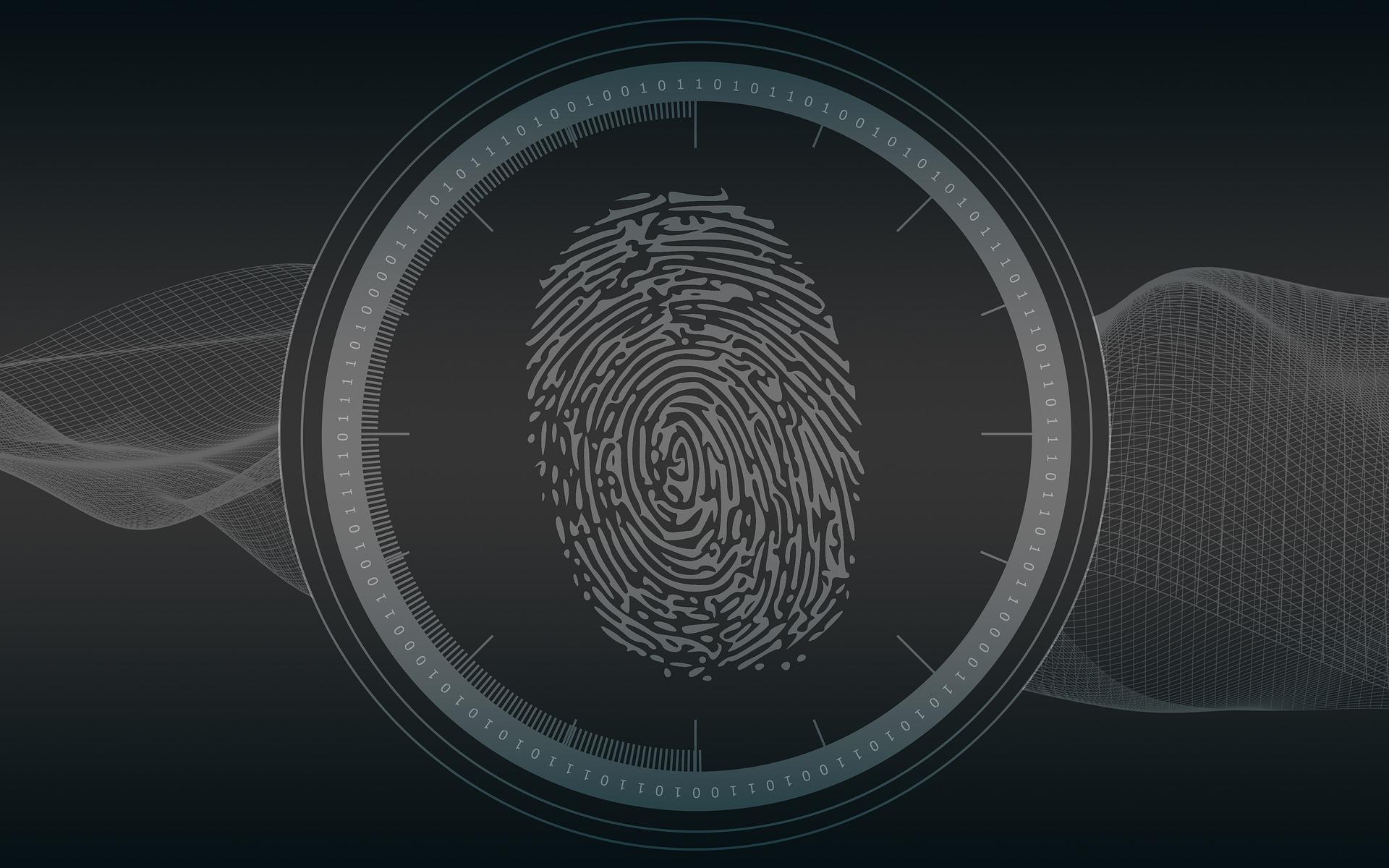13th June 2025

The Fingermark Visualisation Manual (FVM) 2nd Edition is now available to be shared with our UK Law Enforcement community members via the Forensic Capability Network (FCN) Fingerprint Community Knowledge Hub site.
This means that the world-leading resource of best practice guidance that enables practitioners to maximise fingermark recovery, can be downloaded and used within your respective organisations.
In a partnership between the Home Office and the Defence Science and Technology Laboratory (Dstl), the manual has been revised and updated to ensure it provides the latest and most authoritative information in the field of fingermark visualisation.
This new and collaborative approach to distributing the FVM, using the Police Digital Service (PDS) managed Knowledge Hub, means that it is now possible to provide a simple download facility and create a location where users can continue to stay in-touch and contribute towards future editions.
Among the key changes included in the 2022 edition are:
Accreditation to the ISO 17025 standard is now well established within fingerprint laboratories. Whilst the Second Edition (nor its predecessors) is not a guide to accreditation, it does align with its aims and supports organisations pursuing and maintaining the required standards. It continues to provide comprehensive information and guidance to assist with effective fingermark visualisation, starting at the basics and moving through to complex situations and advanced methods.
The information within the Manual is underpinned by decades of extensive research conducted by the authors and with the support from, and collaborations with, UK and international colleagues. So, alongside this edition of the Manual, the updated Fingerprint Visualisation Source Book v3.0 is available to users via this same knowledge hub site, as this outlines the level of validation behind each process
Downloading the FVM
In order to download the Manual, you will need to join the FCN - Fingerprint Community knowledge hub site by going onto Knowledge Hub and searching for FCN – Fingerprint Community. You will be asked to demonstrate why you wish to join the site and registration will need to be made using your law enforcement email address. Facilitators of the site will then consider, and if appropriate, approve your request.
Due to the large file size of this document, the FCN team has tested access to and functionality of the Manual to both check download speeds and to ensure it displays and functions as expected.
Navigate to the Library where you will see a number of documents in a folder named “Fingerprint Visualisation Manual”. The “Please read before downloading the FVM” document must be read before you progress to downloading. It is recommended that you download the manual via a secure, wired force network connection. Downloads over 4G or 5G networks should be avoided.
Once downloaded, Forces should ensure that any locally held Force copies are managed accordingly and ensure that they remain in sync with the latest Primary version on the Knowledge Hub (version control).
Members of the FCN Fingerprint Community Knowledge Hub site will receive a notification email if the Manual is updated.
Instructions on how to use the FVM
The FVM is a version controlled, interactive PDF with full functionality. Adobe Acrobat Reader is the preferred software to use with the FVM, whilst there are many PDF Readers, only Adobe has been tested, therefore other PDF software may not work with some advanced features.
Feedback Process
We welcome user feedback on the Manual, and this can be completed using the “FVM user feedback form” which can be found alongside the FVM and Source Book in the library on the FCN Fingerprint Community Knowledge Hub site . Notification of Issues Identified and Positive Feedback will help ensure the Manual is working as intended, and be a tool for continued improvement.
In the next few weeks, the FVM will be made more widely accessible to others, including academia and international partners.